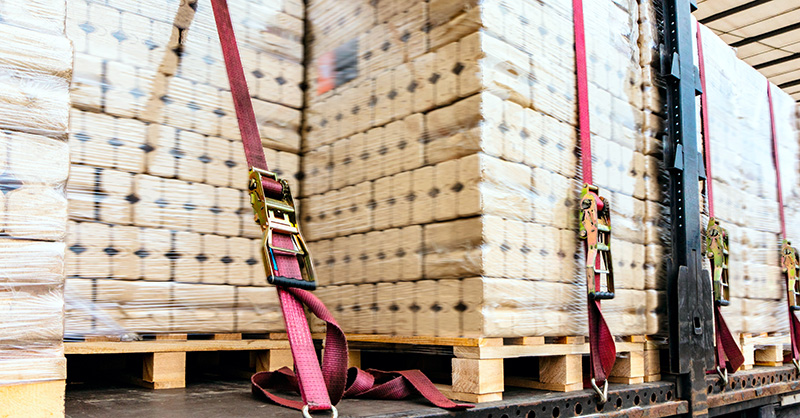Understanding the Need for Adequate Load Securement

No matter how you haul cargo, loads shifting during transit can be bad for business. Besides the obvious impact on motor vehicle safety, other reasons to prevent load shifting include, but are not limited to:
- Damage to goods. People don’t like to pay for damaged goods. Goods damaged during transit due to improper securement can negatively impact the financial health of your organization if compensation isn’t received to cover expenses.
- Damage to equipment. Freight can often be bulky and heavy. This combination can be bad for your trailer if freight falls over, resulting in increased repair costs.
- Damage to property. Cargo that falls from a moving trailer can pose significant safety hazards to traffic and can cause damage to other vehicles.
- Regulatory fines. The Federal Motor Carrier Safety Administration (FMCSA) has promulgated safety regulations for the securement of cargo in transit. Failure to comply with these regulations could result in costly fines.
FMSCA Load Securement Requirements
49 CFR 393.100 provides applicability on which types of commercial motor vehicles are subject to the cargo securement standards of “Subpart I—Protection Against Shifting and Falling Cargo.” This section also includes requirements for securing loads to prevent loss and shifting of the load. As a CMV driver, you are responsible for ensuring that your cargo is properly secured.
Here is some important information you should know to make sure you comply with these requirements and ultimately reduce the risk of accident, injury or death:
Cargo Securement: Factors to Consider
- When transporting cargo on public roads, commercial motor vehicles must be loaded and equipped, and the cargo secured, in accordance with this subpart to prevent the cargo from leaking, spilling, blowing or falling from the motor vehicle.
- Cargo must be contained, immobilized or secured in accordance with this subpart to prevent shifting upon or within the vehicle to such an extent that the vehicle's stability or maneuverability is adversely affected.
- Cargo must be properly distributed to comply with bridge and axle weight limits.
- There are specific regulations related to commodity-specific loads like metal coils, lumber/logs, motor vehicles, paper rolls and construction equipment.
Tie Down Requirements
393.104 provides specific standards for anchor points, blocks and manufacturing standards for tiedown assemblies. It also states that edge protection must be used when a tiedown is subject to abrasion or cutting at the point it touches the cargo.
393.106(c)2 states that articles or cargo must be placed beside each other and secured by transverse tiedowns. They must also be placed in direct contact with each other or prevented from shifting toward each other while in transit.
393.110 provides information to ensure you have enough tiedowns for the weight and length of the load.
Cargo Securement Inspections
Cargo securement inspections are required:
- Pre-trip
- Within the first 50 miles of beginning a trip
- Every stop, every three hours of continuous driving or every 150 miles









